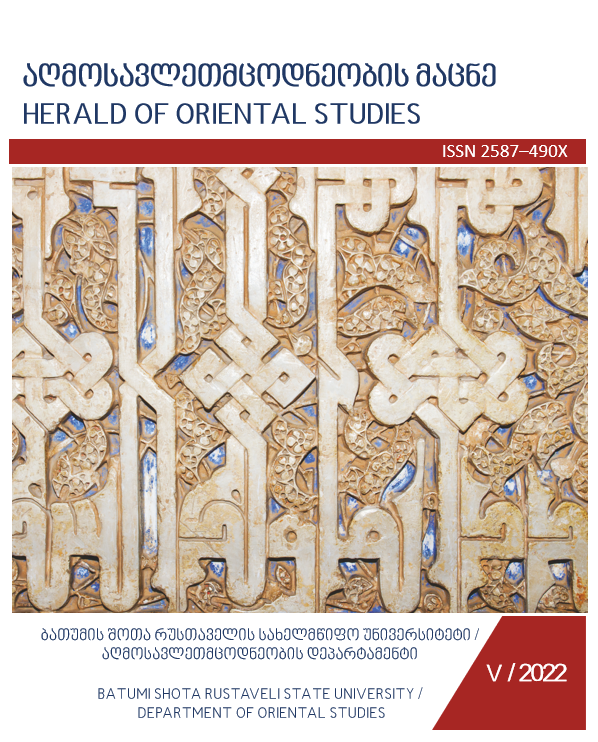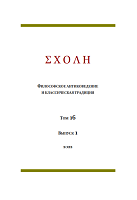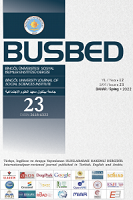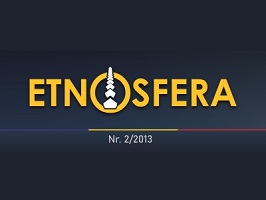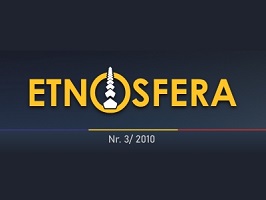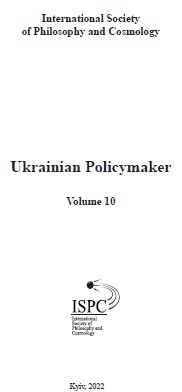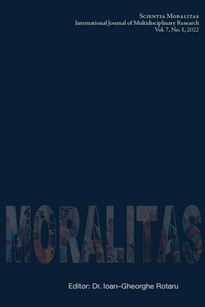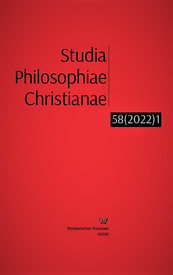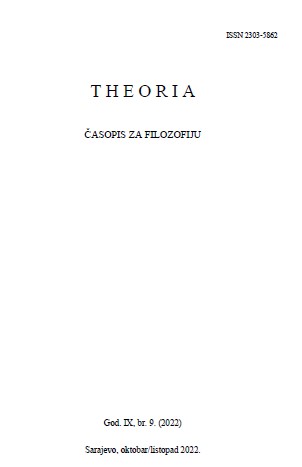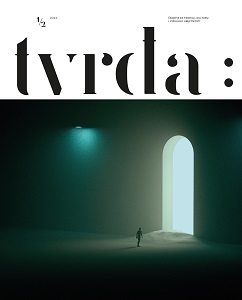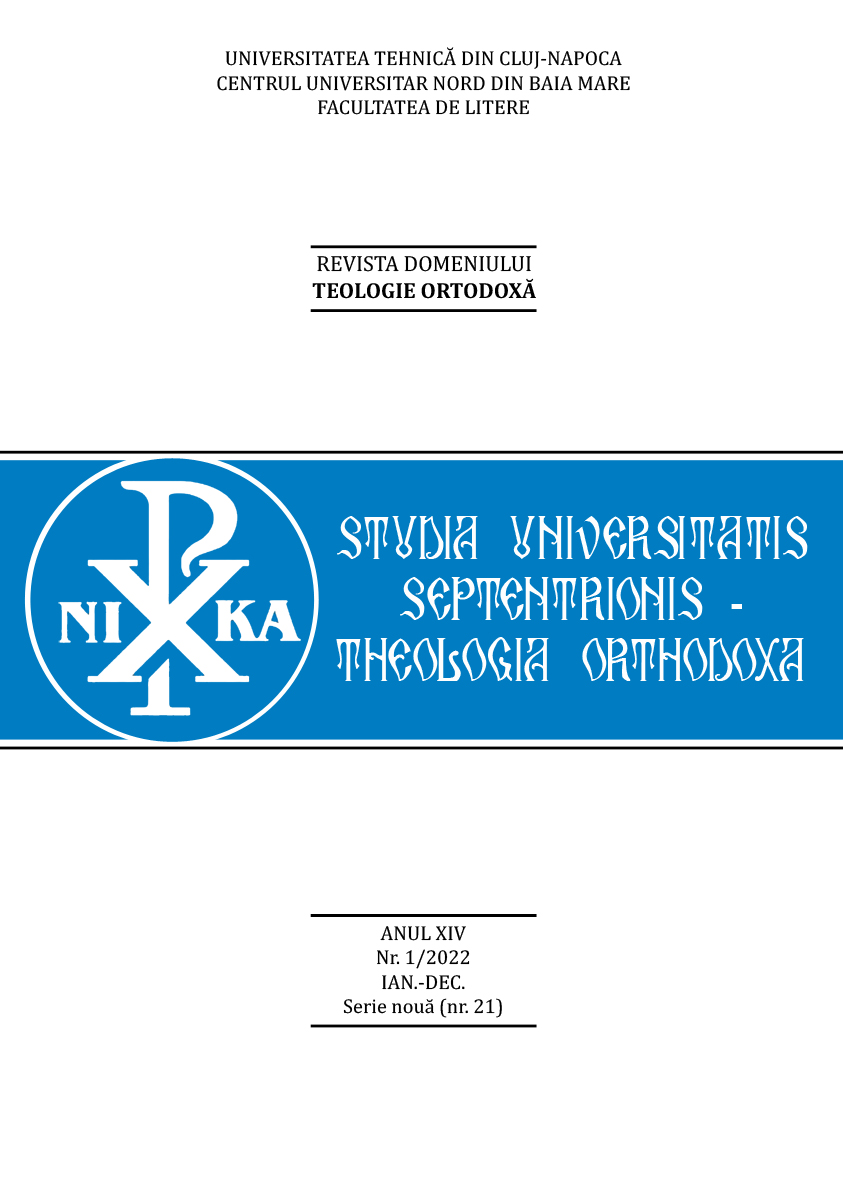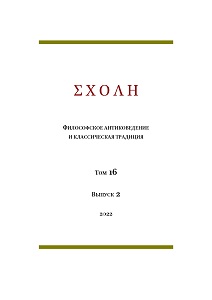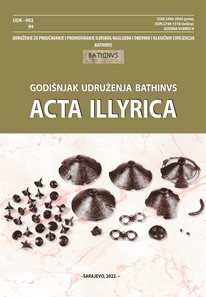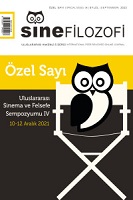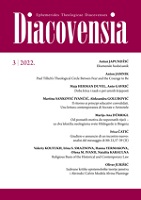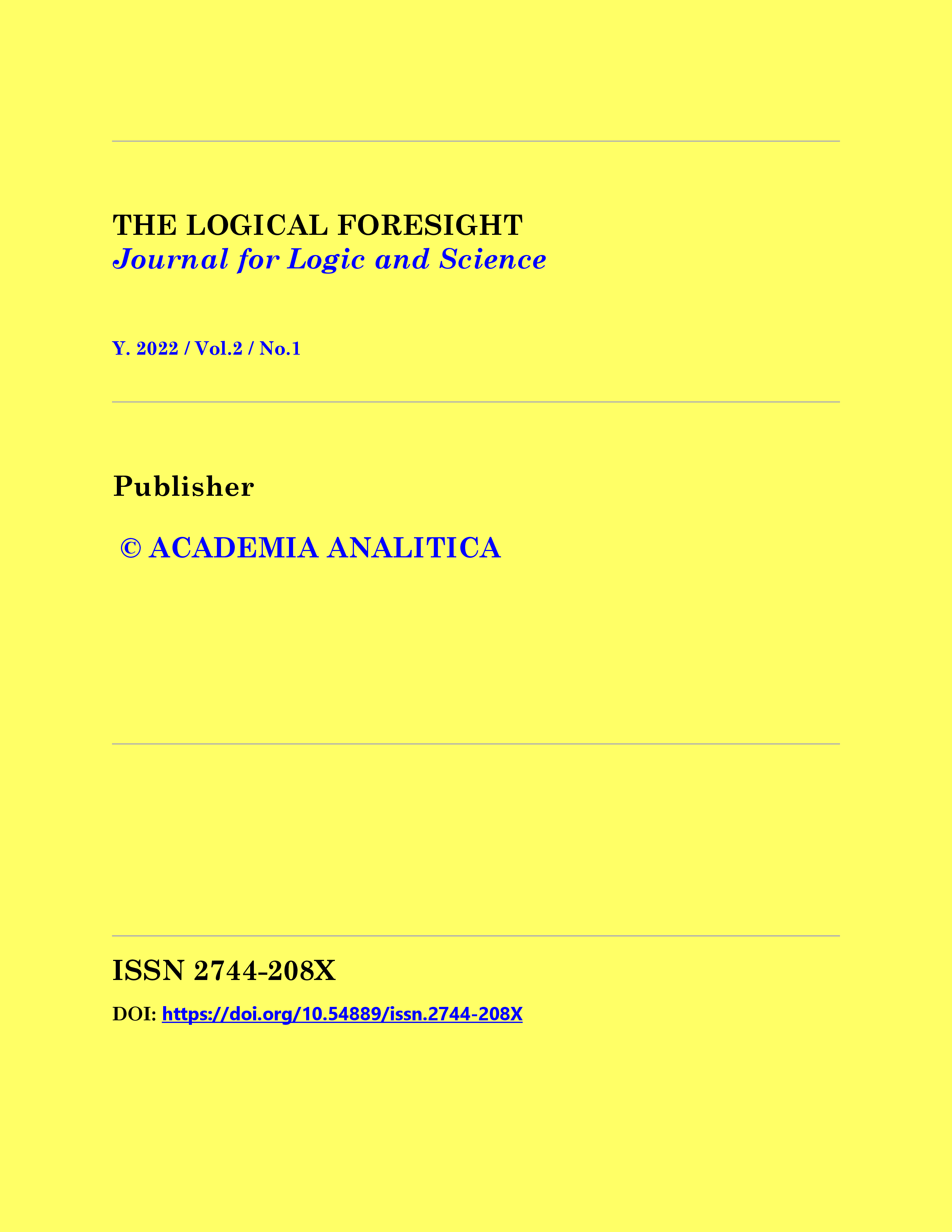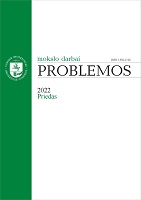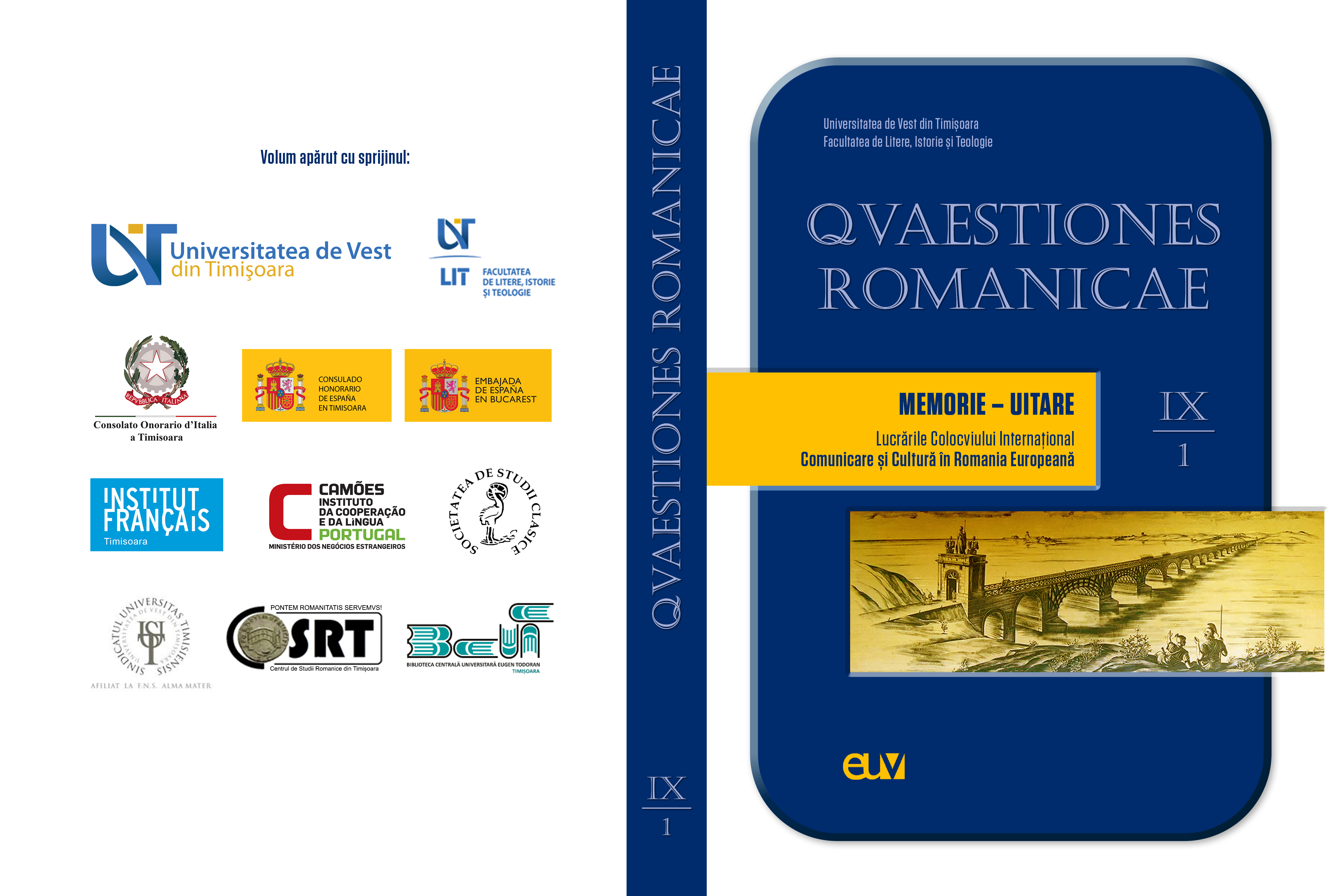
Μίμησις et Ἀνάμνησις. Les théories d’Aristote et de Platon fondues dans la musique de Ravel et dans la danse de Béjart.
Starting from Ravel’s “Bolero”, choreographically transposed by Maurice Béjart and integrated in the movie “Les Uns et les Autres” (directed by Claude Lelouch), I intend to reveal how the Plato's doctrine of anamnesis and the Aristotle’s theory of mimesis transcend the philosophical language and rebuild the concepts of space and time in relation to the human being, through music, dance, or scenography. This analysis follows, essentially, the rhythm, melos and gesture variation superposed over an ascendent linear progression that evolves in syncretic harmony, in different languages. I also look on to the symbolic accumulation of certain fundamental concepts of Plato’s gnoseology and Aristotle’s poetics, transposed in the auditive and visual arts language. The memory and the remembrance of birth, love, and death as attributes of existence, the knowledge as a mythical memory of the primordial elements (water, earth, fire and air), the rhythm imitation of the world, day, night, breath and love, and the meaning of the three principles (the unity of action, place, and time) are the landmarks followed by this analysis, until the abrupt end of the score, choreography and movie scene.
More...
